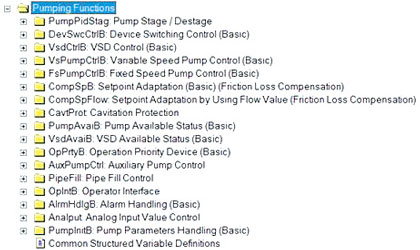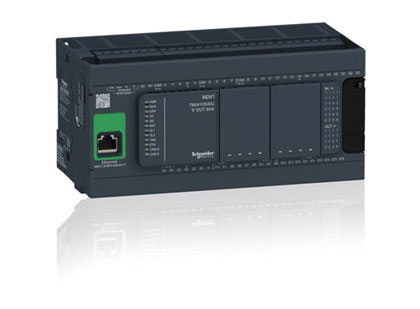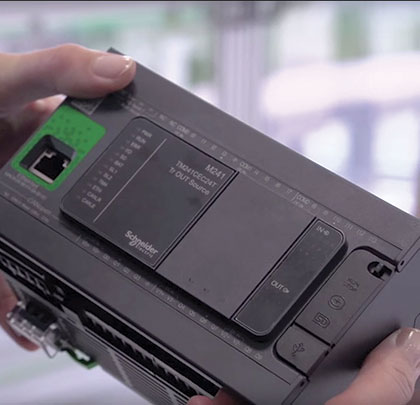In his role as market segment manager of pumping equipment for Schneider Electric, one of SWPA member Jack Creamer’s jobs is to always keep the pump’s end user in mind, and one thing that has eased the mind of countless pump users through recent years has been the expansion of programmable logic controller (PLC) technology. As past generations of pump engineers have retired, their institutional knowledge has had to be replaced by automation. In this month’s SWPA Insight, Creamer joins SWPA Executive Director Adam Stolberg to discuss the vital contributions PLCs have made to submersibles.
How has programmable logic controller (PLC) technology evolved from its earlier incarnations to its contemporary state? What benefits have been provided to submersible pumps from this evolution?
Programming logic has become easier to create. This is helpful because many pump experts are not the same type of PLC/Automation programmer that would do automation for industries such as automotive, robotics, or other manufacturing. The complexity of pumping does not require the same level of complexity. Therefore, the programming interface should be user friendly to allow pump controls professionals to get up and running with less fuss.
Also, there are many pre-built, ready-to-use programming logic functions with commonly used pumping sequences included with PLC software. Examples include dry pump detection, level, pressure and flow control, multi-pump staging, alarming, etc. These built-in functions allow users to set up pump systems without needing to design these commonly used functions from scratch. Just use the function block and change parameters to match the system.
Submersibles are already well known for their life cycle cost benefits over other types of pumps. How do PLCs add to that advantage?
Monitor and trend energy use and cycle time to calculate if the motor is using too much power indicating problems or if it’s due for maintenance or replacement. This way downtime can be avoided while not replacing expensive equipment in the name of preventive maintenance too early.

PLC software now includes pump specific functions that can reduce costs, increase life, etc.
Aux Pump Control: The AuxPumpCtrl function block controls and switches the auxiliary pump in times of low demand (for example, at night time).
Cavitation Protection: Helps to avoid operating the VS and FS pumps in a cavitation situation caused by a low-pressure situation on the suction side.
Compensation Setpoint Setback: In order to help to compensate for friction loss, the CompSpB function block adapts the pressure after a change of the stage value.
Compensation Setpoint (Flow): In order to help to compensate for friction loss, the CompSpFlow function block adapts the pressure setpoint (i_rSp) according to the flow value provided by the flow meter. This helps to maintain a constant pressure even at the highest and most distant point of the system.
Device Switch Control: The DevSwcCtrlB function block switches the variable speed drives (VSD), variable speed (VS) pumps and fixed speed (FS) pumps according to different criteria in order to maintain a constant pressure in a water distribution network.
The PipeFill function block checks the pressure in the pipe of the discharge side.
The PumpAvaiB function block indicates the availability of a maximum of four pumps by processing the inputs of external key switches, sensors, and contactors.

The PumpPidStag function block consists of a PID function and a stage/destage function to perform the following main tasks:
- Generating a control value with the PID function. This value is used for the speed reference for the VSDs.
- Generating a pump stage value with the stage function. The stage value indicates the demand of the number of pumps that is needed to maintain a constant pressure in a water distribution network. The stage value calculation is based either on pressure values (actual pressure, pressure setpoint influenced by other functions) or on the actual flow in the network. Both stage solutions use the control value as a speed reference for the VSDs.
How have PLCs increased submersibles’ interconnectivity and what benefits have pump users drawn from that?
PLCs have been able to be interconnected for years. This allows for load sharing, wear leveling, and overall better control. It also allows remote access for adjustments and monitoring without a site visit. Remote access allows monitoring and adjustment without sending someone in a truck—also, data logging for record and billing. ◆
____________________________________________
MODERN PUMPING TODAY, July 2017
Did you enjoy this article?
Subscribe to the FREE Digital Edition of Modern Pumping Today Magazine!
![]()


